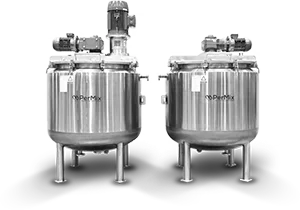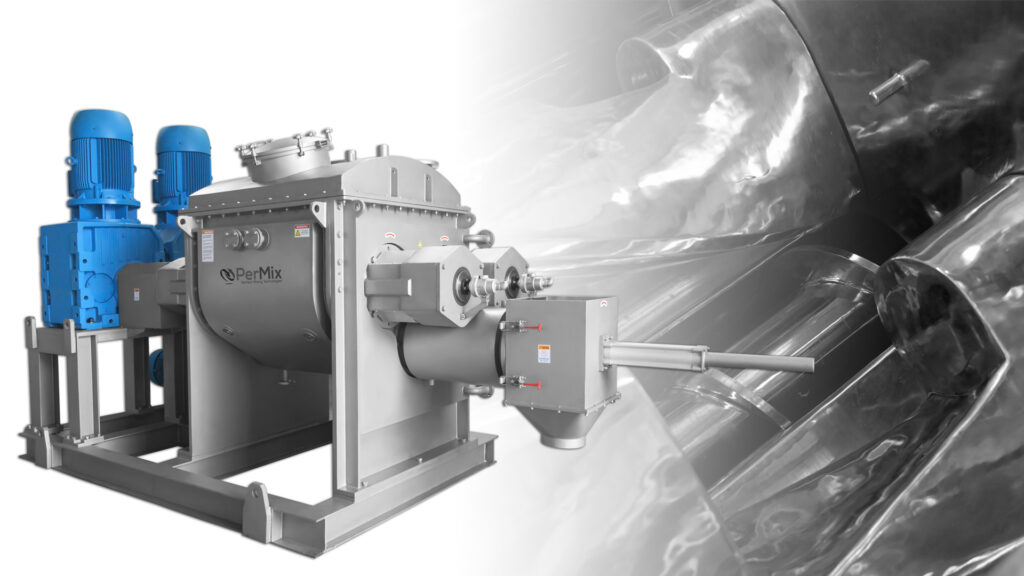Industrial Mixers
PerMix News & Updates



Mixing Of Plasticides is a crucial process in various industries where plastic materials are used. It involves the combination of different plasticizers to enhance the desired properties of the final product. In this blog, we will explore the importance of mixing plasticides and the techniques involved in achieving optimal results.
Plasticides are chemical additives that are added to plastics to improve their flexibility, durability, and other desirable characteristics. They help in reducing the rigidity of plastics and make them more malleable. The proper selection and mixing of plasticides play a vital role in determining the final properties of the plastic product.
Effective mixing of plasticides is essential to ensure uniform distribution and dispersion within the plastic matrix. It helps in achieving consistent mechanical properties, such as flexibility, tensile strength, and impact resistance, throughout the plastic product. Proper mixing also prevents the formation of air bubbles or voids that can weaken the structure of the plastic.
There are several techniques used for mixing plasticides, depending on the specific requirements of the desired plastic product. Let’s explore some of the commonly used techniques:
a) High Shear Mixing: This method involves the use of high shear forces to disperse the plasticides uniformly within the plastic matrix. It is a fast and efficient technique that ensures proper blending of the additives.
b) Sigma Mixers: Sigma Mixers & Mixer Extruders are commonly used in the plastic industry for mixing plasticides. The rotating arms create sufficient shear forces to disperse the additives uniformly. This method is often used for large-scale production.
c) Injection Molding: Injection molding is a widely used technique for mixing plasticides. The plasticides are added to the molten polymer during the injection process, ensuring thorough blending and dispersion.
The mixing efficiency of plasticides can be influenced by various factors. Some of the key factors include the type and concentration of plasticides, processing temperature, mixing time, and shear rate. It is crucial to optimize these parameters to achieve the desired properties in the final product.
In conclusion, mixing plasticides is a critical step in the production of plastic products. It ensures the uniform dispersion of additives and enhances the desired properties of the final product. By understanding the importance of proper mixing techniques and optimizing the parameters, manufacturers can achieve high-quality plastic materials with consistent performance.
Come see the PerMix difference.